To remain relevant, the IMF and the World Bank must resist calls to withdraw from emerging countries and engage them more, not less. These countries cannot afford to "go it alone" – and the rest of the world cannot afford to let them try.
The World Bank has long proclaimed its dream of “a world free from poverty.” Likewise, the International Monetary Fund may arguably desire “a world free from financial crisis.” These are crucial and daunting objectives, but they are too narrow for the twenty-first century. To remain relevant, the Bretton Woods institutions must fully adapt to the needs of the world’s rapidly emerging countries, and they can begin that process at this spring’s IMF-World Bank meetings in Washington.
As many now acknowledge, the IMF should look beyond managing financial crises and start addressing non-cooperative economic behaviors – notably in the monetary field. The international community would gain from the IMF’s becoming a center of joint-monitoring and permanent dialogue among the world’s rich, poor and emerging nations. But for that to happen, the latter two need a greater say.
Fortunately, such reform is at last on the agenda. Last autumn’s IMF-World Bank meetings approved an increase in voting quotas for some of the most under-represented emerging economies: China, Mexico, South Korea, and Turkey. A second round of adjustment will need to involve other fast-paced economies without crushing the voice of the poorest.
As for the World Bank, it does not need to “reposition” itself so much as to root itself in emerging countries, as does the development aid industry in general. The international community must resist shortsighted calls to withdraw from middle-income nations on the ground that they could now “go it alone.”
When it comes to global governance, communicable diseases, climate change, or threats to biodiversity, these countries’ importance speaks for itself. They account for 44% of people living with HIV/AIDS, 47% of global CO2 emissions, and 52% of the planet’s protected natural areas. The international community simply cannot leave them to their own devices on such crucial issues without jeopardizing its own future.
Fighting poverty is a non-negotiable objective. But it cannot be the sole purpose of international aid, nor of the World Bank. In fact, a genuine commitment to poverty reduction implies working with these countries. They are home to 70% of the population that lives on less than $2 a day, facing massive unemployment, gross inequalities, lack of infrastructure, regional imbalances, and a litany of other challenges.
Some critics argue that lending public money to middle-income countries is no longer necessary, due to their access to financial markets. True, private capital flows have surged in the wake of global liberalization and these countries’ privatization schemes. But private capital flows have proven to be volatile and prone to sudden interruptions, as exemplified by the Asian and Russian financial crises of the late 1990’s, or more recently by investors pulling out from infrastructure sectors.
Another line of suspicion against public lending is that it crowds out private investment. However, an increasing body of evidence documents the positive impact of public investment on productivity and economic growth. It suggests complementarity rather than substitutability between private and public funds.
Detractors ultimately fall back on the argument that multilateral lending to middle-income countries is waning along with demand. But, while loan volumes have decreased by a third since the last financial crisis, this is only a return to normalcy. After an all-time high due to emergency aid to countries like South Korea or Argentina, lending is back to its trend line of around $25 billion a year. While lending by the World Bank did fall below its mid-1990’s level, it is growing again, reflecting the expansion of regional multilateral banks and a policy pendulum that is swinging back to publicly-financed infrastructure projects.
This does not mean that business as usual should be good enough for the World Bank. Its products need to be adapted. With decentralization taking place in many emerging economies, sub-national authorities are taking on more responsibilities. The Bank should be able to work with them in the absence of sovereign guarantees, and increase its loan offerings in local currencies, since these partners cannot afford currency risk. To further “crowd in ” the private sector, insurance and guarantees can help. Beyond this, more financial engineering is needed to draw upon the creativity of financial markets.
Finally, as David de Ferranti, a former World Bank vice-president, has pointed out, the Bank should expand its intellectual partnerships and engage with the highly trained professionals, consulting firms, and research institutions that emerging countries now boast. The Bank must be open to local invention if it is to be accepted by and relevant to middle-income nations.
In terms of purchasing power parity, per capita income in middle-income countries is still about 15% of that of developed nations. The time has not yet come to shake hands and part company. Convergence is on the way, but minimizing its global costs requires redesigning the Bretton Woods institutions to meet the challenges faced by emerging countries.
 Free to read
Free to read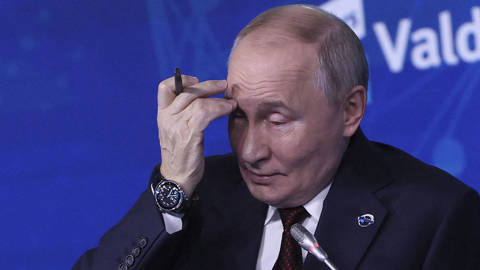
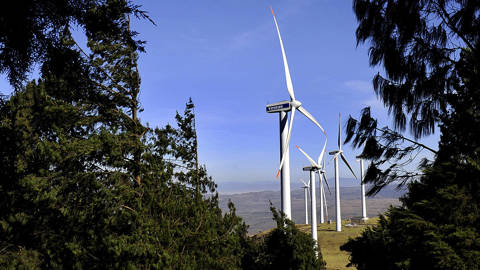

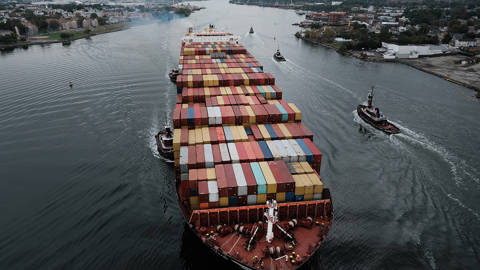
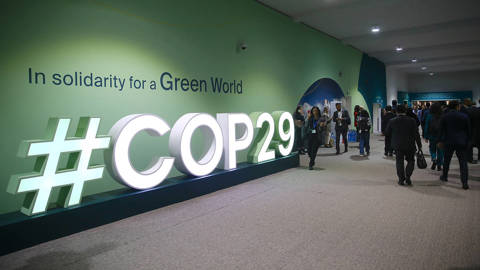 Free to read
Free to read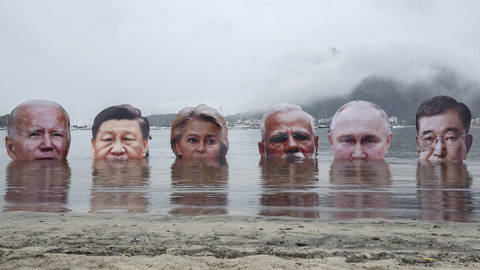
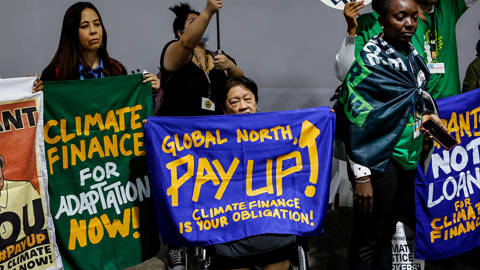


The World Bank has long proclaimed its dream of “a world free from poverty.” Likewise, the International Monetary Fund may arguably desire “a world free from financial crisis.” These are crucial and daunting objectives, but they are too narrow for the twenty-first century. To remain relevant, the Bretton Woods institutions must fully adapt to the needs of the world’s rapidly emerging countries, and they can begin that process at this spring’s IMF-World Bank meetings in Washington.
As many now acknowledge, the IMF should look beyond managing financial crises and start addressing non-cooperative economic behaviors – notably in the monetary field. The international community would gain from the IMF’s becoming a center of joint-monitoring and permanent dialogue among the world’s rich, poor and emerging nations. But for that to happen, the latter two need a greater say.
Fortunately, such reform is at last on the agenda. Last autumn’s IMF-World Bank meetings approved an increase in voting quotas for some of the most under-represented emerging economies: China, Mexico, South Korea, and Turkey. A second round of adjustment will need to involve other fast-paced economies without crushing the voice of the poorest.
As for the World Bank, it does not need to “reposition” itself so much as to root itself in emerging countries, as does the development aid industry in general. The international community must resist shortsighted calls to withdraw from middle-income nations on the ground that they could now “go it alone.”
When it comes to global governance, communicable diseases, climate change, or threats to biodiversity, these countries’ importance speaks for itself. They account for 44% of people living with HIV/AIDS, 47% of global CO2 emissions, and 52% of the planet’s protected natural areas. The international community simply cannot leave them to their own devices on such crucial issues without jeopardizing its own future.
Fighting poverty is a non-negotiable objective. But it cannot be the sole purpose of international aid, nor of the World Bank. In fact, a genuine commitment to poverty reduction implies working with these countries. They are home to 70% of the population that lives on less than $2 a day, facing massive unemployment, gross inequalities, lack of infrastructure, regional imbalances, and a litany of other challenges.
BLACK FRIDAY SALE: Subscribe for as little as $34.99
Subscribe now to gain access to insights and analyses from the world’s leading thinkers – starting at just $34.99 for your first year.
Subscribe Now
Some critics argue that lending public money to middle-income countries is no longer necessary, due to their access to financial markets. True, private capital flows have surged in the wake of global liberalization and these countries’ privatization schemes. But private capital flows have proven to be volatile and prone to sudden interruptions, as exemplified by the Asian and Russian financial crises of the late 1990’s, or more recently by investors pulling out from infrastructure sectors.
Another line of suspicion against public lending is that it crowds out private investment. However, an increasing body of evidence documents the positive impact of public investment on productivity and economic growth. It suggests complementarity rather than substitutability between private and public funds.
Detractors ultimately fall back on the argument that multilateral lending to middle-income countries is waning along with demand. But, while loan volumes have decreased by a third since the last financial crisis, this is only a return to normalcy. After an all-time high due to emergency aid to countries like South Korea or Argentina, lending is back to its trend line of around $25 billion a year. While lending by the World Bank did fall below its mid-1990’s level, it is growing again, reflecting the expansion of regional multilateral banks and a policy pendulum that is swinging back to publicly-financed infrastructure projects.
This does not mean that business as usual should be good enough for the World Bank. Its products need to be adapted. With decentralization taking place in many emerging economies, sub-national authorities are taking on more responsibilities. The Bank should be able to work with them in the absence of sovereign guarantees, and increase its loan offerings in local currencies, since these partners cannot afford currency risk. To further “crowd in ” the private sector, insurance and guarantees can help. Beyond this, more financial engineering is needed to draw upon the creativity of financial markets.
Finally, as David de Ferranti, a former World Bank vice-president, has pointed out, the Bank should expand its intellectual partnerships and engage with the highly trained professionals, consulting firms, and research institutions that emerging countries now boast. The Bank must be open to local invention if it is to be accepted by and relevant to middle-income nations.
In terms of purchasing power parity, per capita income in middle-income countries is still about 15% of that of developed nations. The time has not yet come to shake hands and part company. Convergence is on the way, but minimizing its global costs requires redesigning the Bretton Woods institutions to meet the challenges faced by emerging countries.